Malaysia is a multi-ethnic and multicultural melting pot. Its citizens are primarily Malay (Malaysian Muslim – a loosely defined term), Chinese, Indian, and Indigenous. The country has been a trade hub since its very beginning and with the arrival of Indian, Chinese, and Arab traders came Hinduism, Buddhism, and Islam.
Kuala Lumpur was the first place we have been where you could see a Muslim mosque, Hindu temple, Chinese temple, and a Christian church all within the same block.
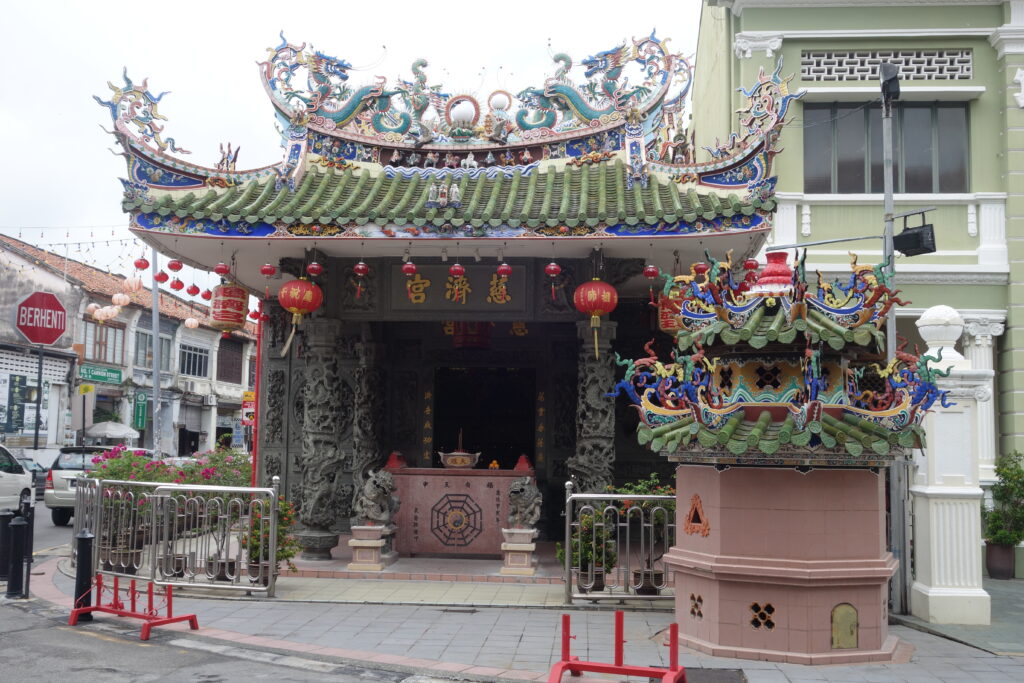
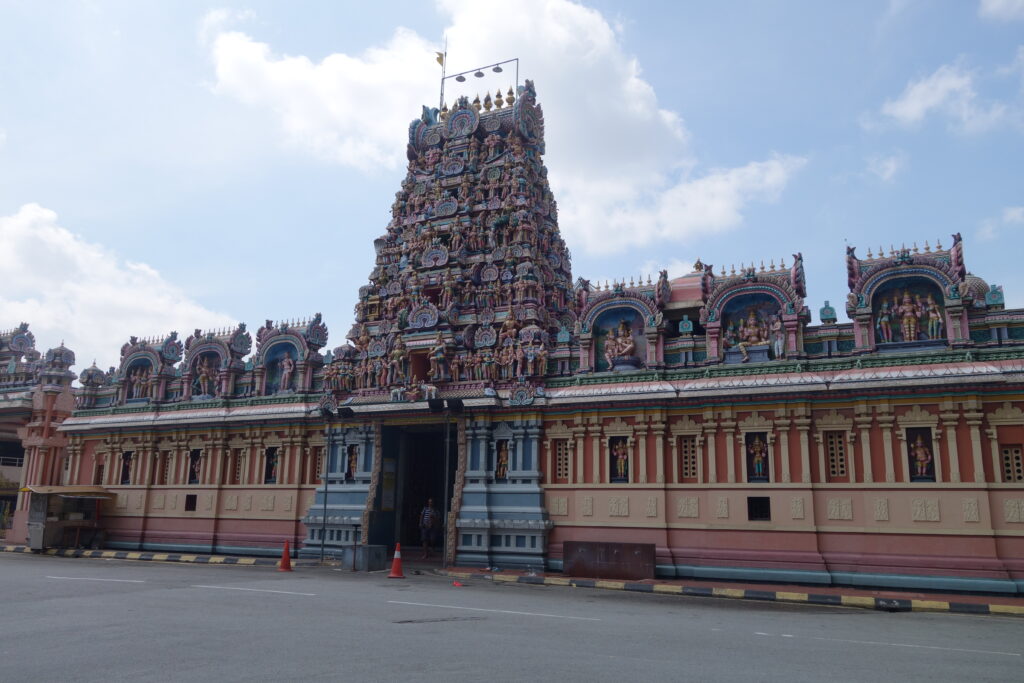

Being the first area we have visited with a Muslim presence, and also being in Kuala Lumpur during the Eid festival (essentially Islam’s equivalent to Christmas – but only insofar as the festivities are concerned), we saw many women wearing a hijab and many families dressed in traditional Muslim outfits. We learned that as part of the celebration of Eid, a family will go out and buy new clothing to be worn on the first day of the release from fasting (the end of Ramadan). It was really cute because many families would have matching or complementary clothing.
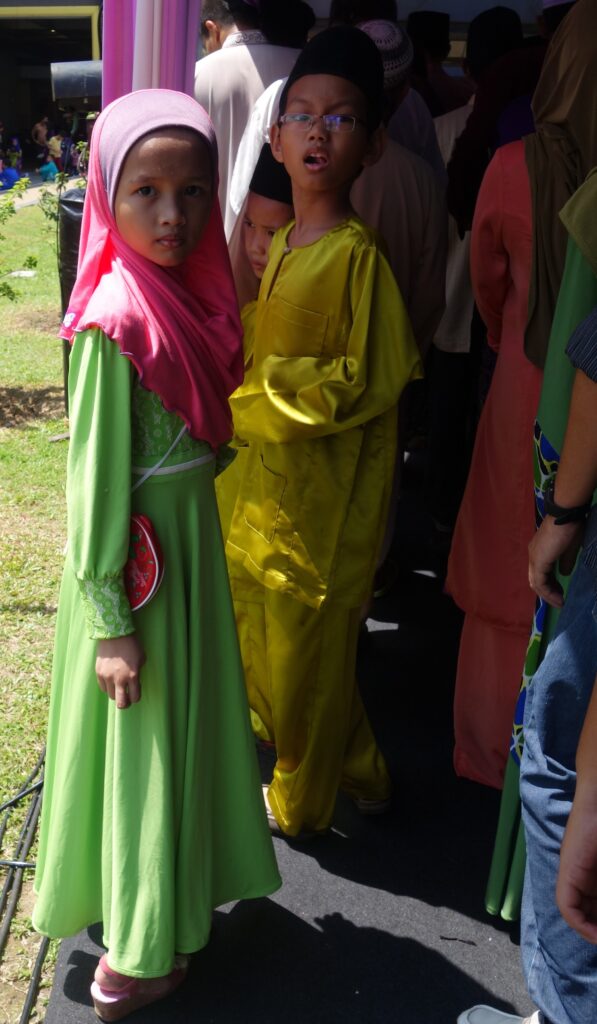

The royal palace in KL had an “open house” for the festival which we attended. There, we were fed a free buffet lunch and treated to traditional live music. We also waited in a very, very long line to enter the palace (so we thought). It turned out to be a line to shake the hands of some members of the royal family and get a complementary box of chocolates. Perhaps we misunderstood what an “open house” meant? Either way, it was fun to be a part of the celebration!

Another striking characteristic of Malaysia was its ethnic enclaves. Little India and Chinatown neighborhoods throughout the country were very large and well established. Specifically in KL, when we were in the Little India subway station, the entire (large) station was full of ethnic Indians.
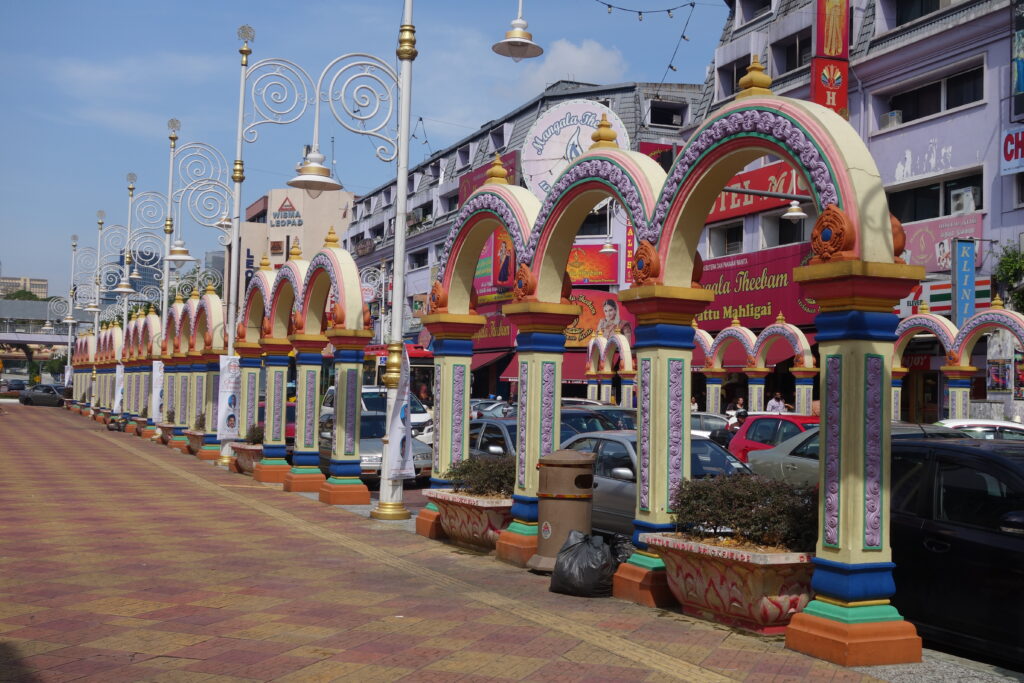
In Penang, we saw a few clan homes, which were centers of social activities for Chinese immigrants who shared a surname. The Khoo Kongsi is the best known in the country because of its grandeur.
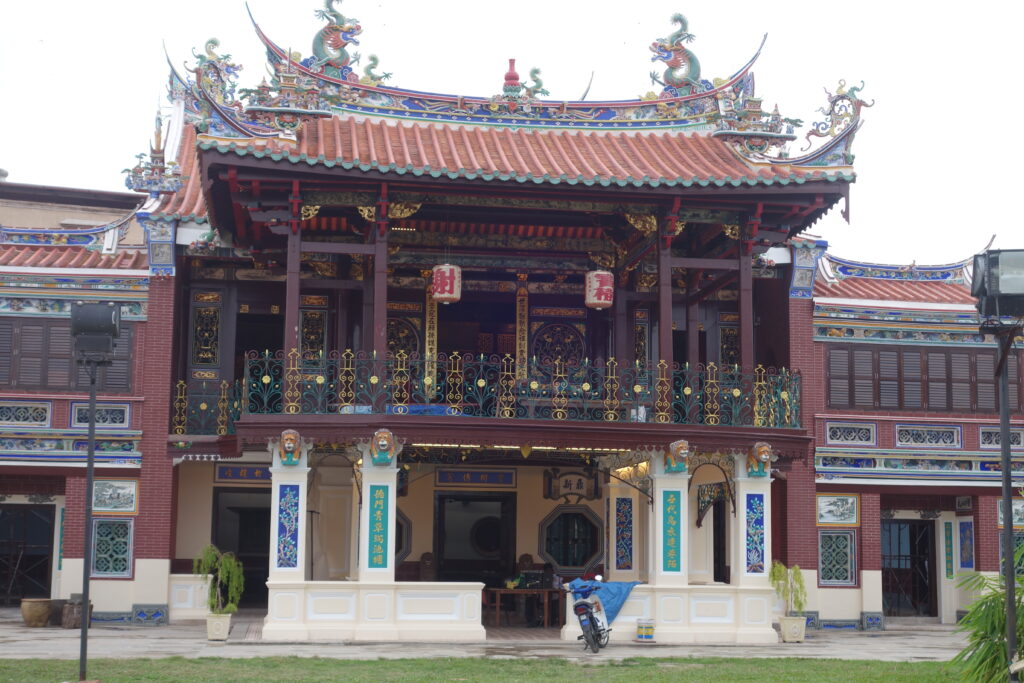
We also toured two mansions built and previously inhabited by wealthy Chinese merchant families. Penang Peranakan Mansion and Cheong Fatt Tze Mansion were both enormous homes restored to allow a glimpse into the 19th century Straights-Chinese lifestyle.
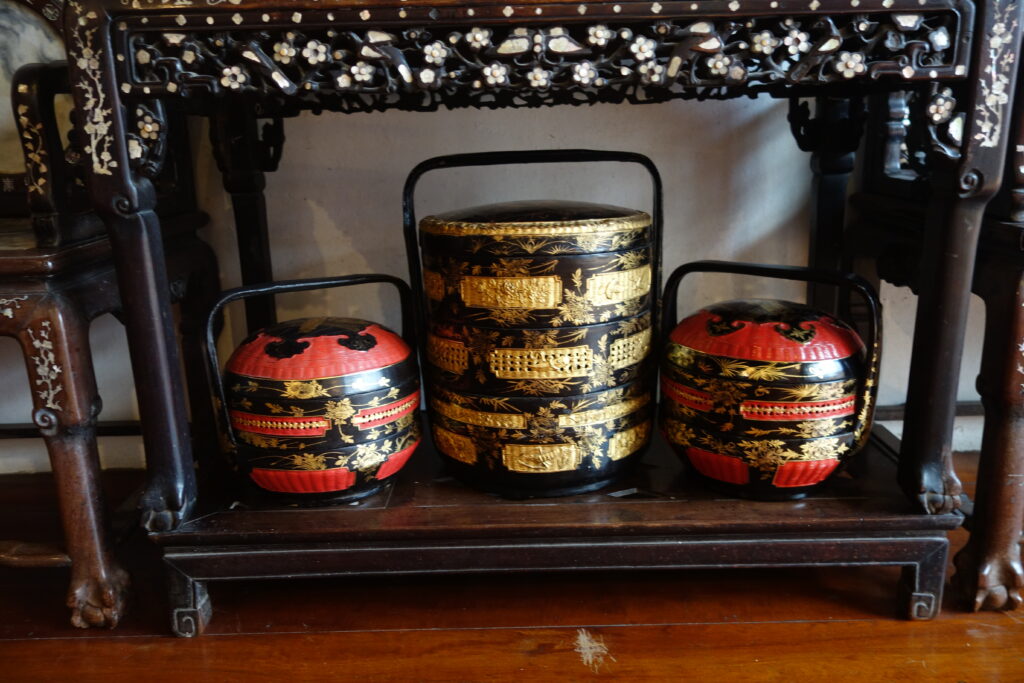
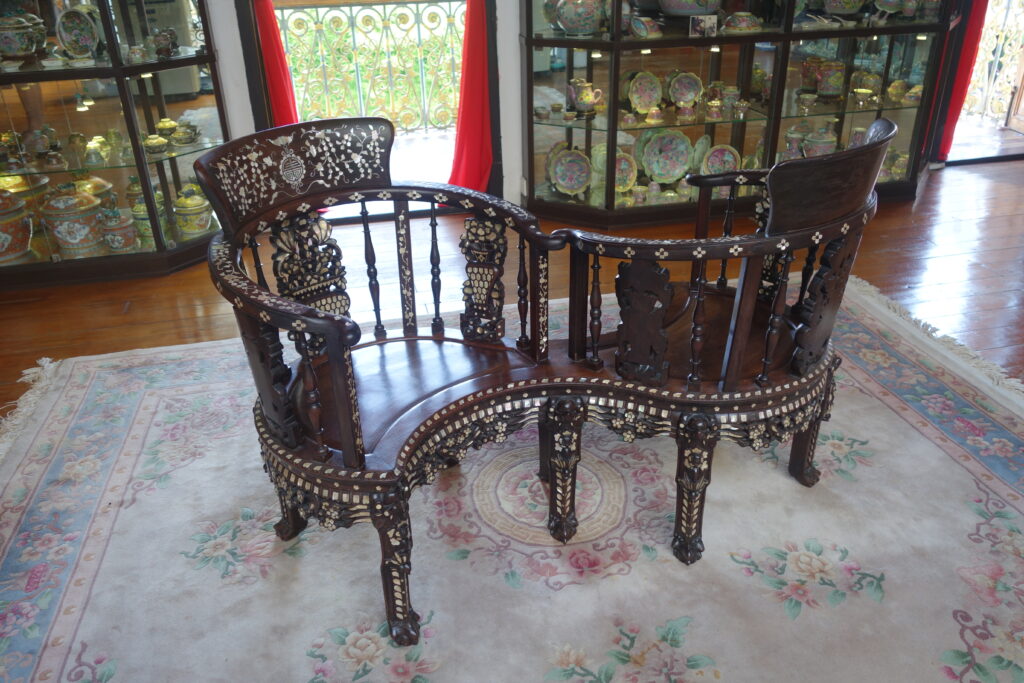
Along the coast, we visited a few clan jetties, where each jettie was named after a common surname. Groups of Chinese immigrants who shared common historical, geographical and lineal descent would live as neighbors on one jettie.
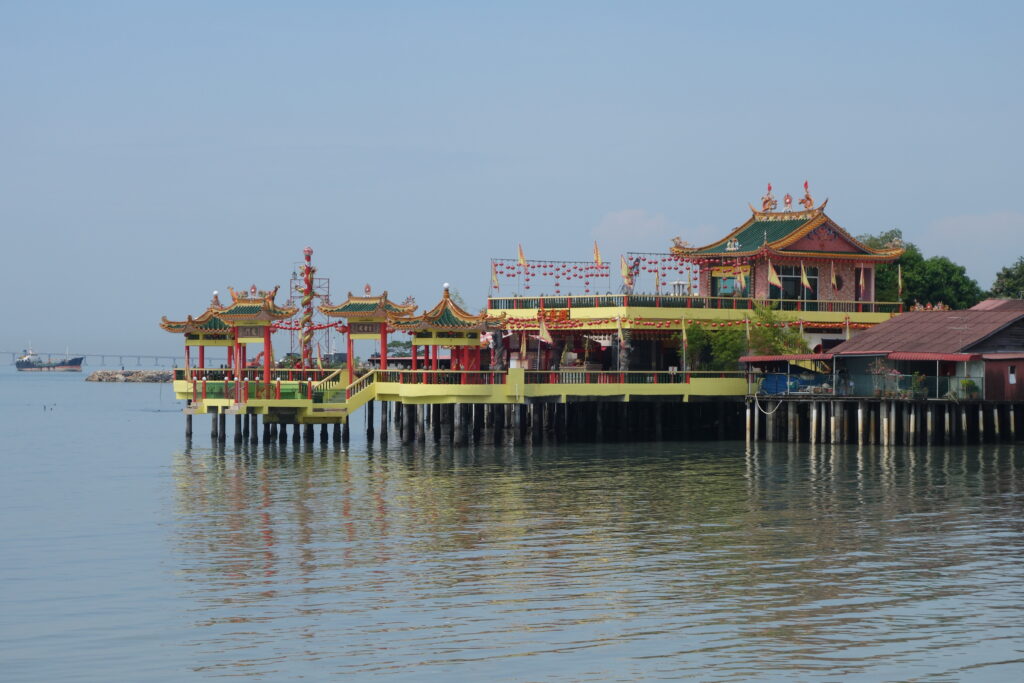
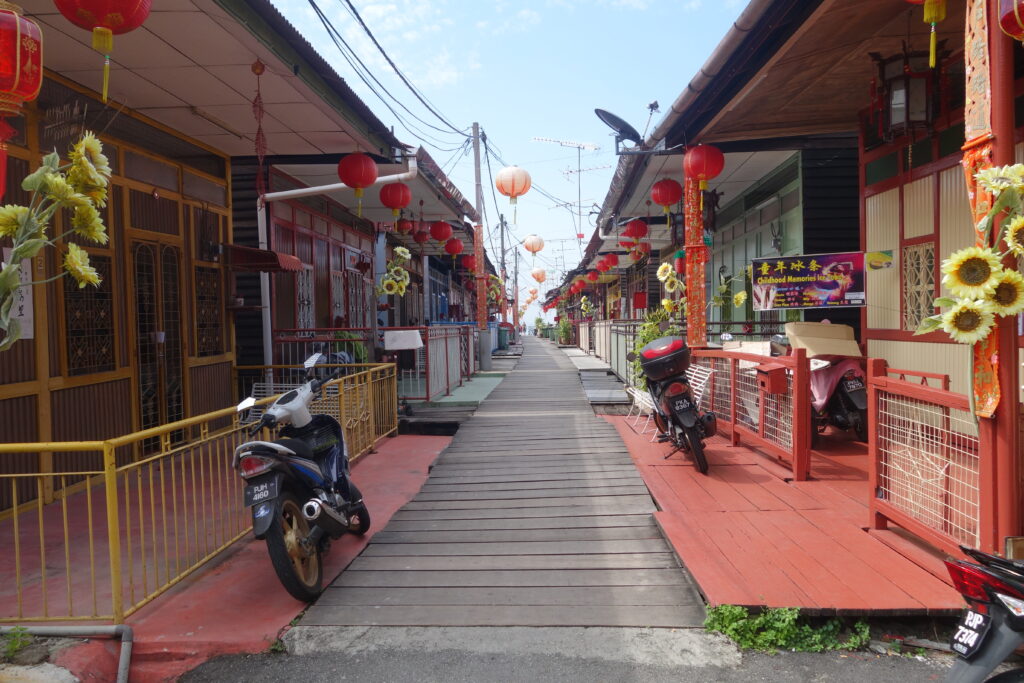
We enjoyed the Chinese, Indian, and Malay cuisine, particularly in Penang – known as the food capital of Malaysia. One fun aspect of the food culture is that open-air food courts are very common. The portions are small and cheap, so a person can order a little of this and that from different vendors and build their own meal.
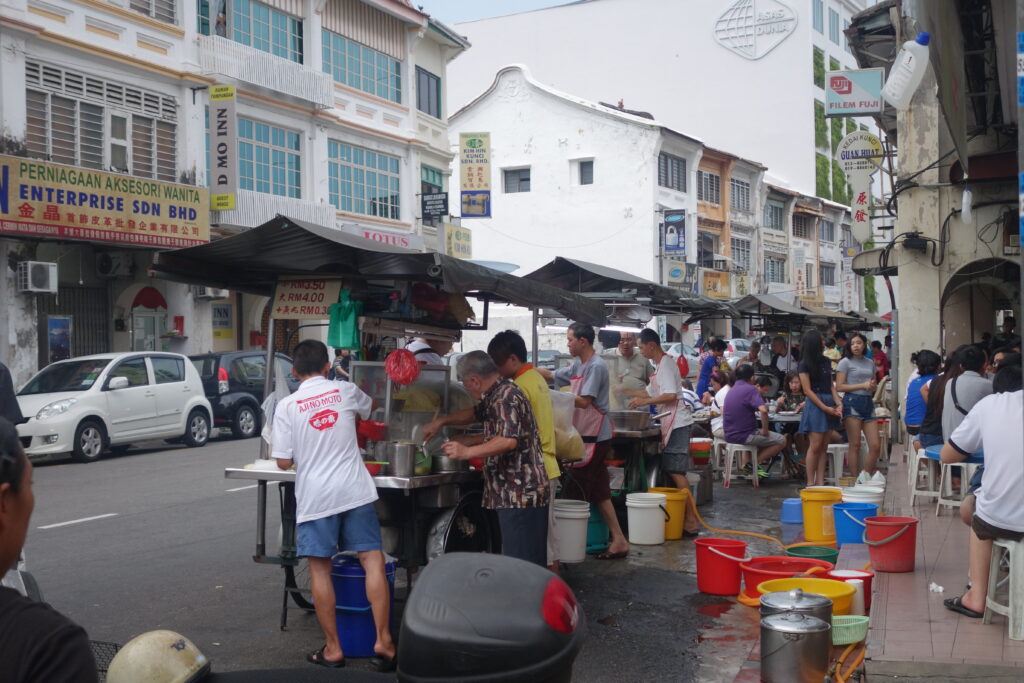
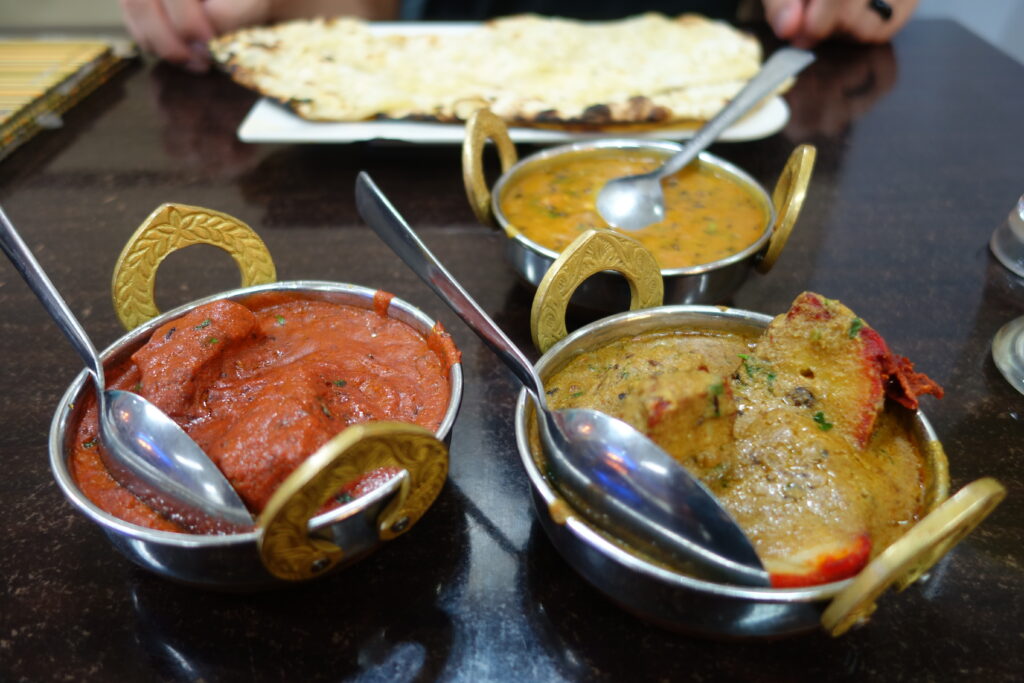
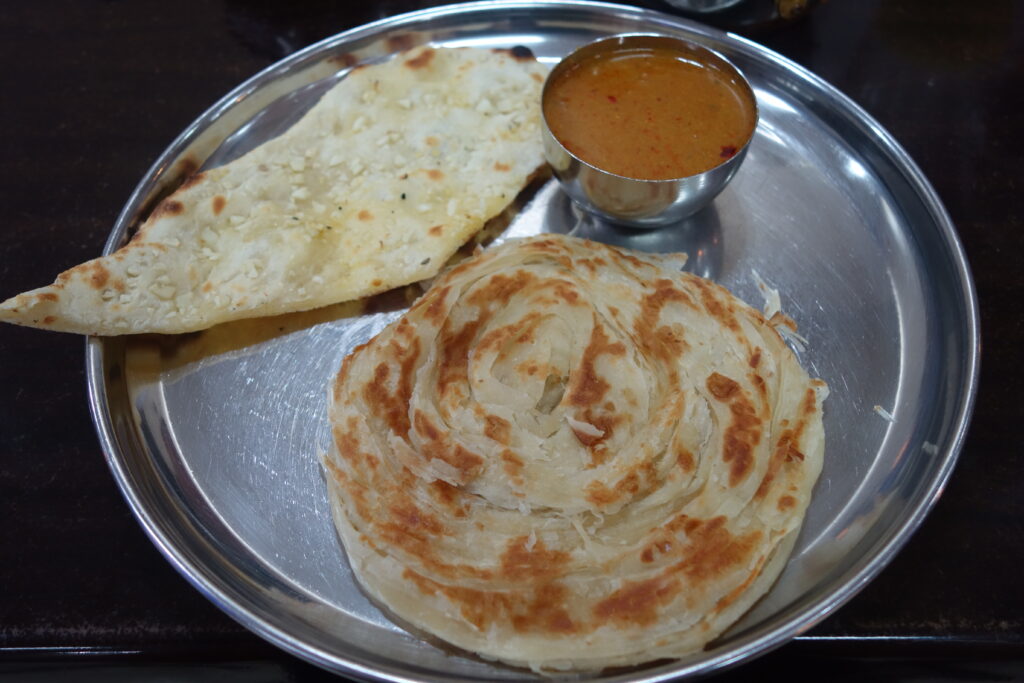


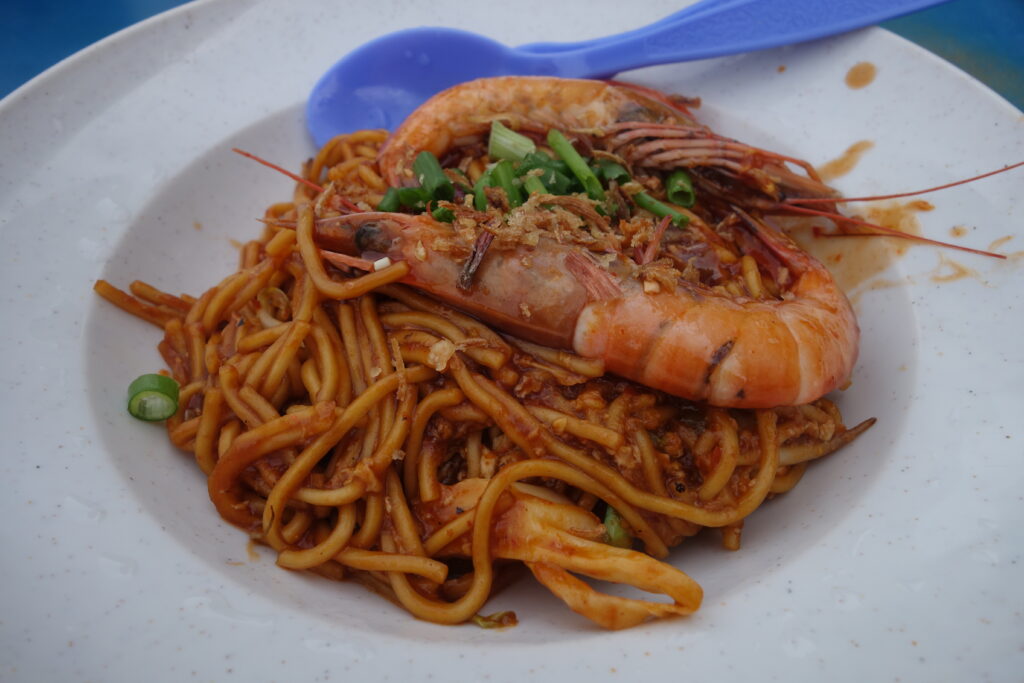
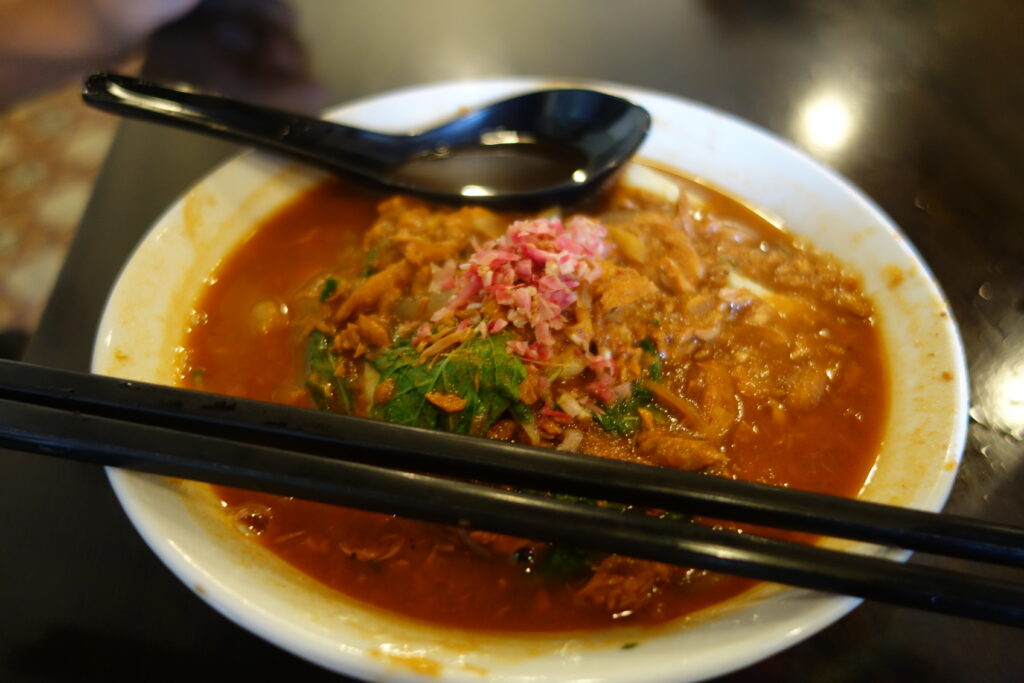
One interesting aspect of the drink culture was the popularity of “white coffee” White coffee is produced by roasting the coffee beans with palm oil margarine and serving the coffee with condensed milk. This style of production originated in Malaysia and has been popular since the 19th century. Currently, most restaurants and cafes sell the instant version – a prepackaged mixture of instant white coffee powder, sugar, and non-dairy creamer. In particular, durian flavored “white coffee” is quite popular. (The durian fruit was first cultivated in Malaysia where it is now essentially the national fruit. There are even all-you-can-eat durian buffets in Penang!) It is almost impossible to find regular (non-instant) coffee!
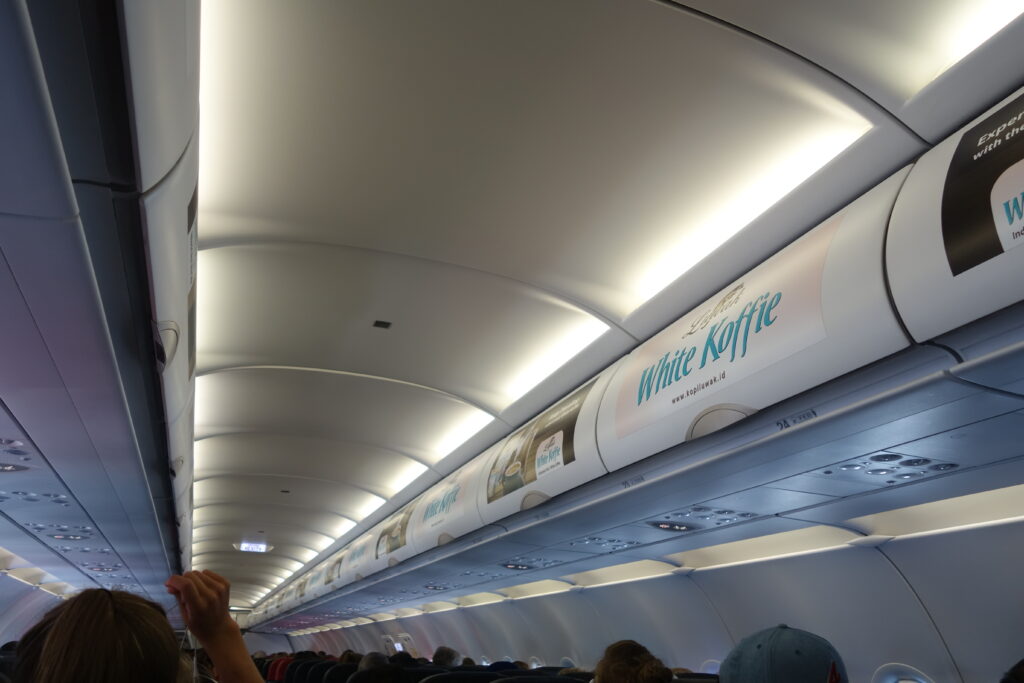
Tea is even more popular than coffee in Malaysia and is grown in the highlands. We visited the Boh tea plantation in the Cameron Highlands where we saw the manufacturing process and admired the teascape.
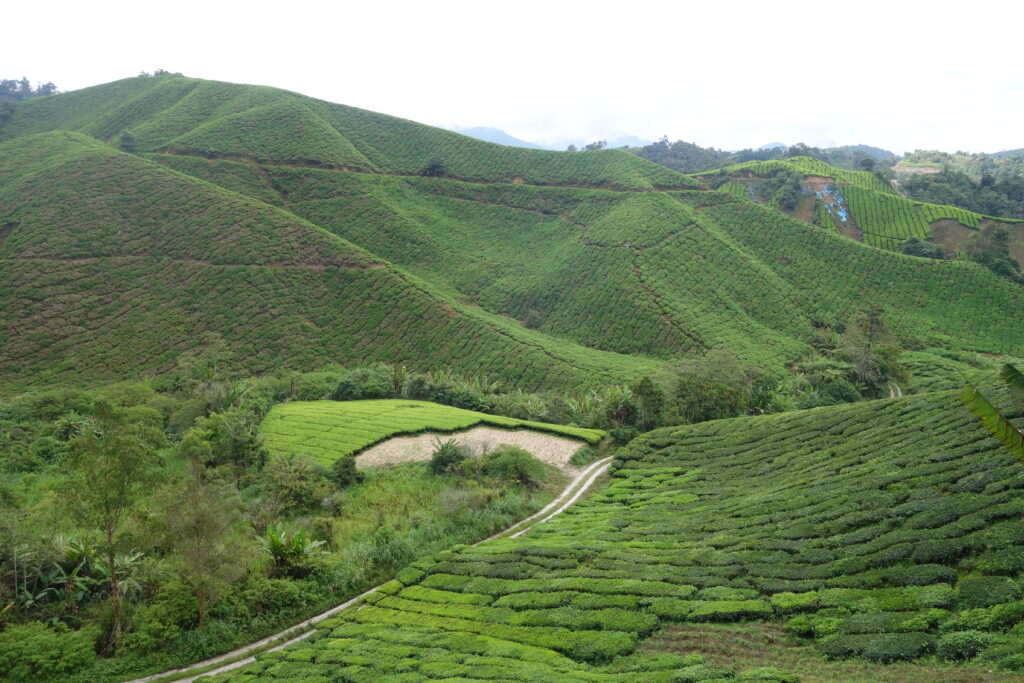
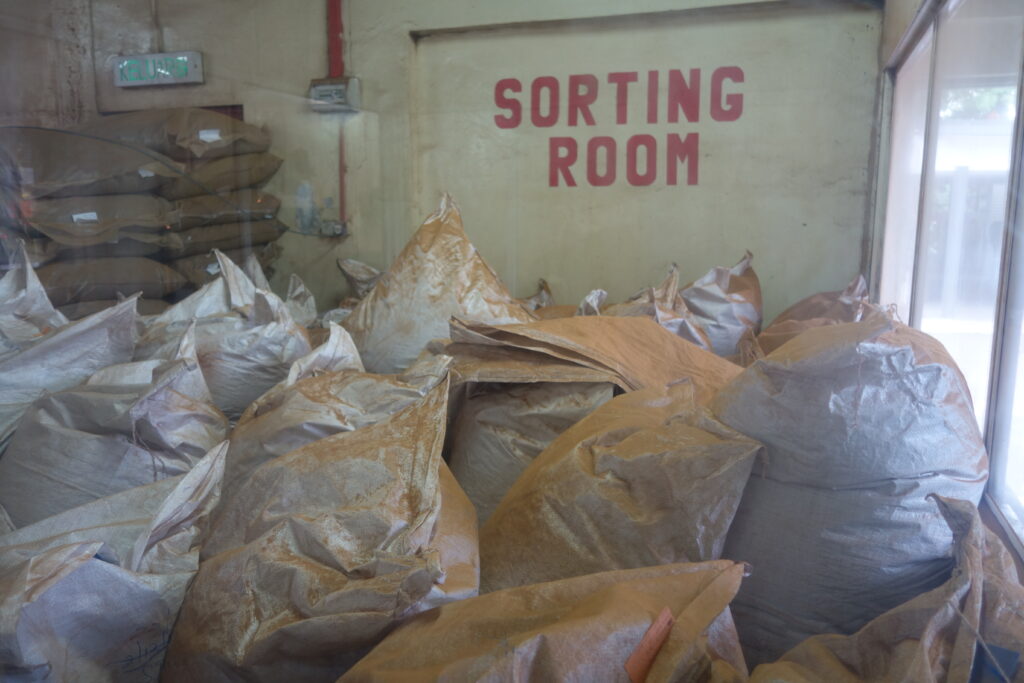
The tea is very strong and astringent, so it is served with lots of milk and sugar!
Malaysia was a fun and unique place to sample different cultures and cuisines. Now that we have had a taste of the Indian food in this part of the world, we are hooked and ready for more!
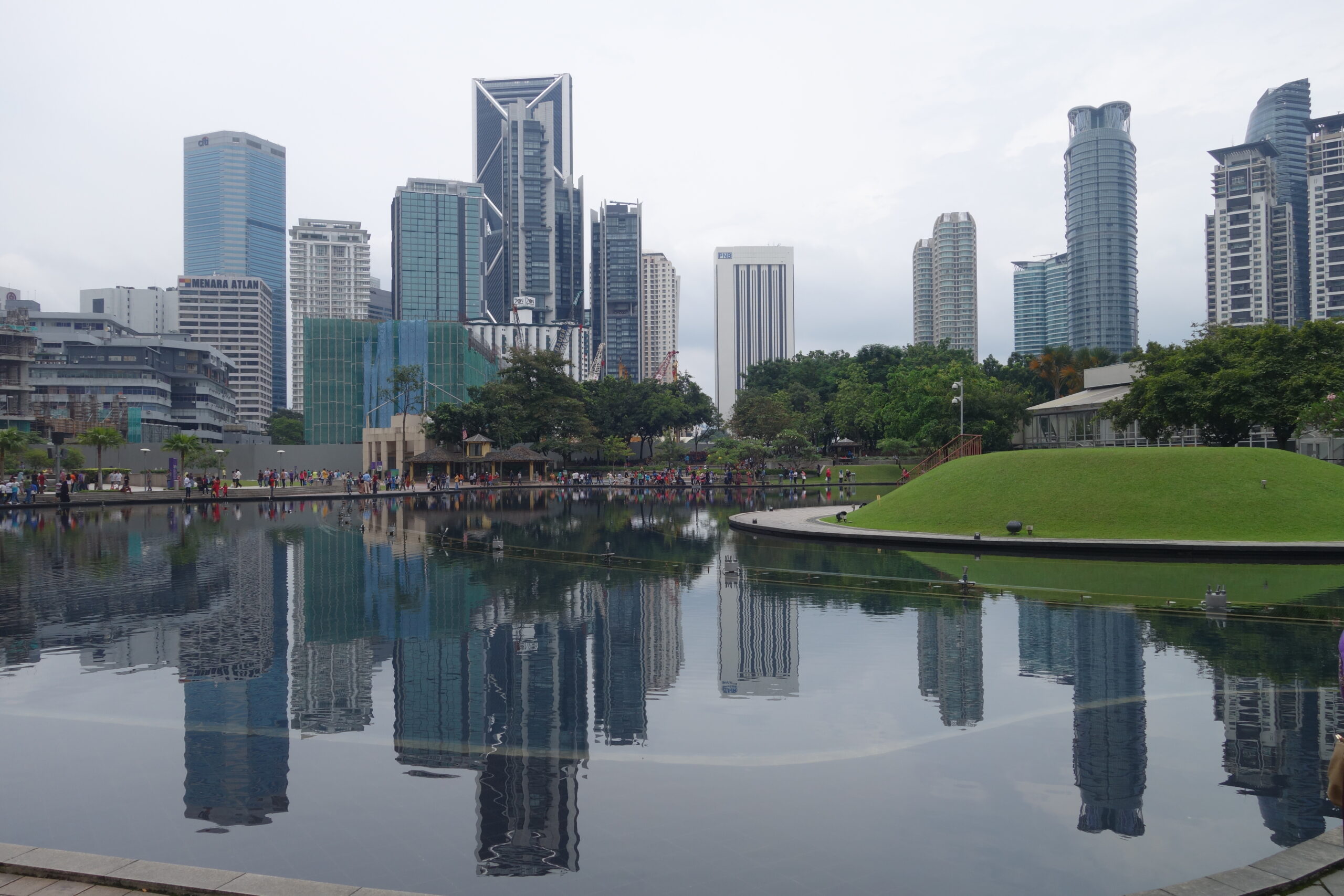


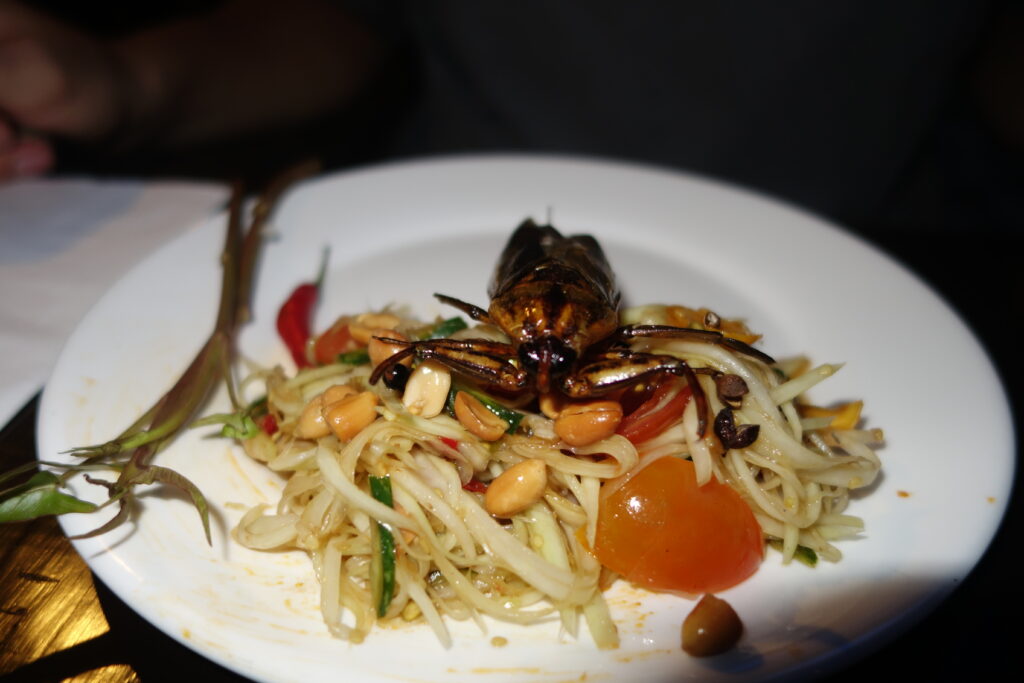
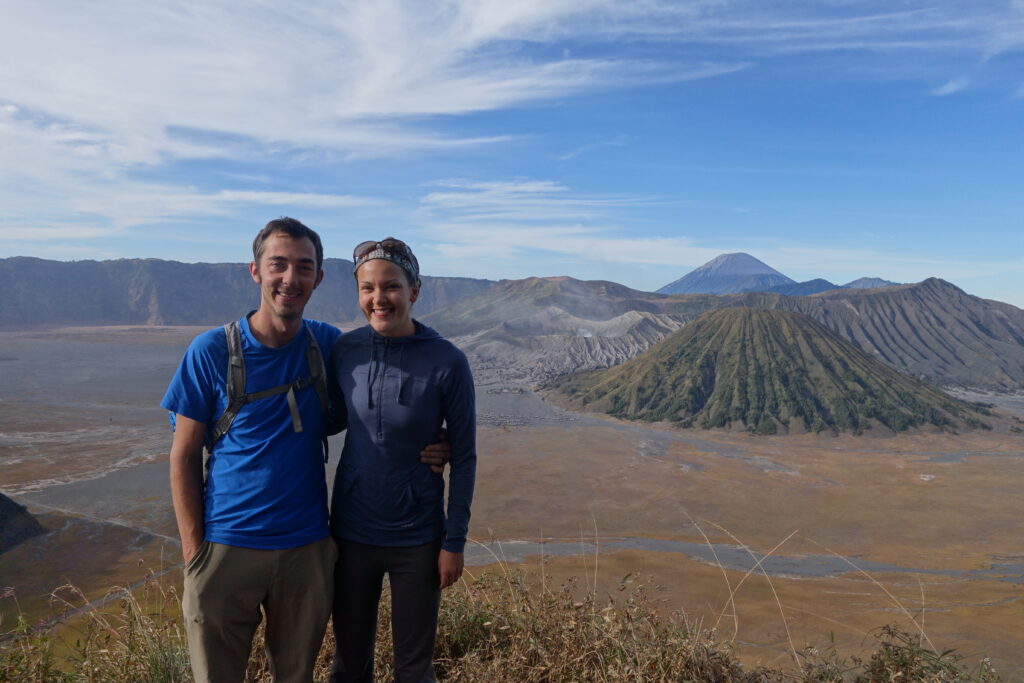
Bring home the recipe for badam. It sounds divine. Malaysia sounds like a wonderful place to visit – even the royal family welcomes you.
Hey:
Do you periodically add more content to past blogs? Was just looking at this one again and I believe there are more pictures than when I last took a look.
We have updated some old posts to insert a few more photos and occasionally a tiny bit of content as well. I know we added some to the Vietnam post for example, but I’m not sure if we added to this one. We don’t usually make significant changes after posting though.
FYI:
I recently wrote a blog on the health benefits of tea. Here are some interesting facts I gleaned from my research (since you love tea so much):
* Tea is the most widely consumed beverage in the world next to water.
* Black, green, white, yellow and oolong tea all come from the camellia sinensis plant.
* The way the plants are harvested and processed determine their color and taste.
* Caffeine levels vary by tea depending on how it is grown, and packaged. Higher caffeine levels are found in newly grown leaves and buds, teas that are grown in the shade and processed varieties that are finely chopped, sliced, or ground into powder.
You might also appreciate this link: http://tea.wikia.com/wiki/List_of_tea_types
Have you run across “bubble tea?” From what I read, it’s all the rage with many Asians living in the US. http://whatscookingamerica.net/BubbleTea.htm
Cool tea facts! Yeah, we used to have a dedicated Bubble Tea shop on campus in the Lucky building food court. I think that is gone now, but a few of the Asian restaurants have Bubble Tea. I’m not a big fan – having to chew on stuff in liquid you are trying to drink is weird.
Surprisingly I don’t remember seeing any bubble tea places on this trip. Perhaps we didn’t notice since we weren’t looking for it?